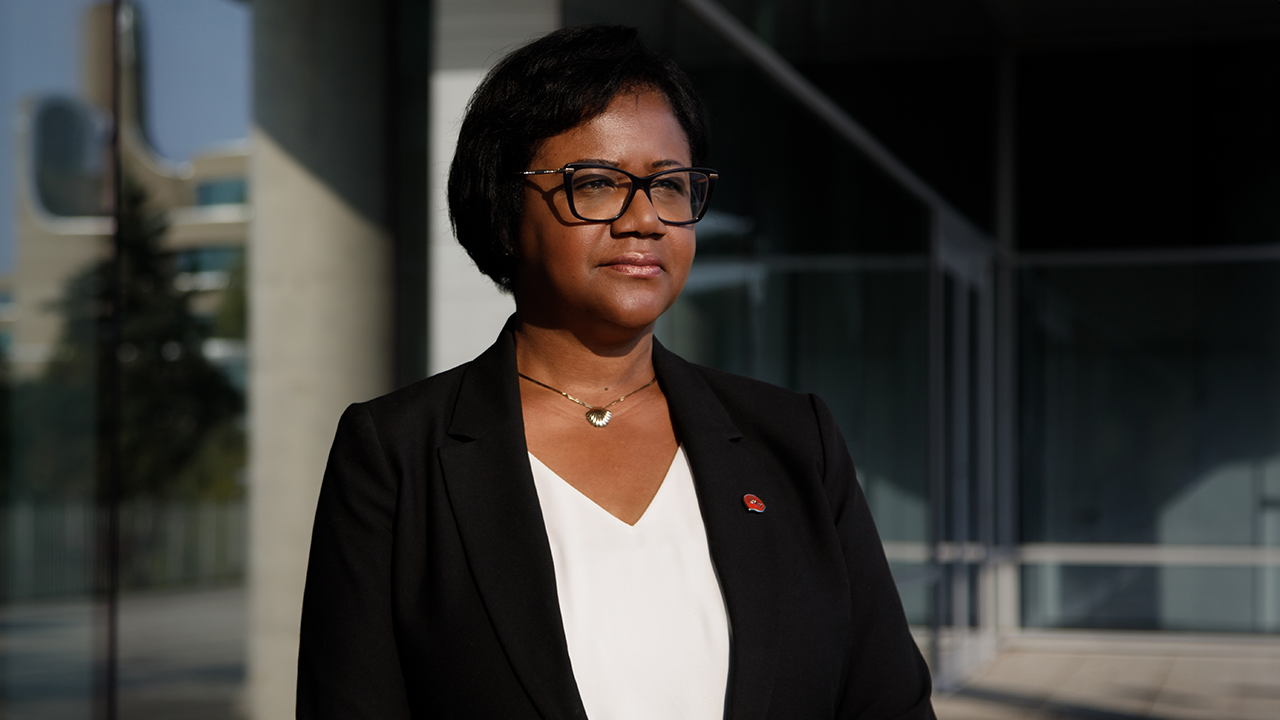

Photo by Daria Perevezentsev
With the region’s population expected to grow to 9 million by 2035, the agency is thinking about how it can continue to best serve the region
With the population of the Greater Toronto Area projected to grow to 9 million people by 2035, United Way Greater Toronto (UWGT) has plenty of challenges ahead, from meeting the needs of the GTA’s diverse communities, to dealing with growing poverty in Toronto, Peel and York Region. We spoke to UWGT Board Chair Lisa Gonsalves about how it is evolving, where the not-for-profit organization plans to be in 10 years and what it’s doing to ensure equity for all.
What milestones has United Way Greater Toronto reached so far?
A number of years ago we merged Toronto, Peel and York Region, so we’ve been able to bring together neighbourhoods with government partners, businesses and community agencies to address local needs, target funding and investments, and leverage the tools and resources from those sector partners to address the needs in those particular communities.
That’s a different model than what we used to have, where we would collect donations and distribute them in more of a federated model to agencies. Now we’re taking more of a systemic approach, so we’re creating the environment, bringing people together and having more targeted services that are addressing the needs in those particular neighbourhoods, right across the region.
You’ve established 10 community hubs in the GTA. What do you want to accomplish in the next 10 years?
We’re developing another 10 community hubs on top of that, for a total of 20. The reason for that is the GTA is going to be facing rapid growth — nearly 9 million people by 2035. There are lots of benefits to growth; there’s economic prosperity. But there are a number of inequalities that also come with that growth, and we particularly see that in housing, employment and access to essential services. And we know that there are many marginalized groups that are not getting the same levels of service.
There’s a real movement on our board, and the organization, to influence equitable delivery of services. And because we work with all sectors — we’re a nonpartisan group, so we work with everybody — we can drive and develop solutions collectively to address these challenges.
But we’re also using our influence to ensure that we’re enabling equitable access to all groups, especially those that are marginalized.
Looking ahead, what are some long-term plans?
Many of our agencies are in leased spaces. For years, they’ve become a part of the community, part of the fabric. What’s happening now is these spaces are being sold, which has a significant impact to those communities.
We’re beginning to advance our work in community real estate so we can ensure that organizations stay rooted in their neighbourhoods, even as all of these other development pressures are mounting.
United Way is becoming better and more sophisticated in this place-based systems work. We are also keeping an eye on what’s to come. We’re doing a lot of research, working with a number of think tanks, to understand demographic trends and changes. So, we’re being a lot more proactive, and that’s why you’re seeing this move from an annual campaign to a longer term 10-year campaign.
How will this evolve the role that United Way plays?
We’re really hyper focused on delivering on a 10-year plan, and using research, using partnerships, learning from the work we’re doing in Toronto, and bringing those ideas and scaling them into places like Peel and York. Our goal is to inform and to be an enabler for long-term systemic change to build a more inclusive and resilient region.
Funding is a huge part of our mandate, but at the same time, the convening role that we play to get others to also support those areas has evolved United Way model. Now we’re moving into real estate and eventually we are also trying to influence affordable housing.
Speaking of funding, what are some of the funding challenges that United Way faces in the next 10 years?
These are long-term, sustainable projects that aren’t based on an annual grant each year. So, we’re trying to create more sustainability in terms of funding. I can’t stress enough the level of engagement that United Way has, because although they’re thinking big and long-term, they’ve been able to keep themselves local as well. (With) all these projects, there’s a resident component to it, there’s a lot of place-based work to it.
The funding is quite diversified, but it’s aligned with strategy, which is creating greater access to service that is tied directly to the local needs. It’s not one size fits all. It takes a lot of heavy lifting to be in different neighbourhoods, doing this type of work and convening people in collaboration. For me, United Way’s greatest strength really lies in its ability to bring together different sectors to tackle the issues that no one sector can handle alone.